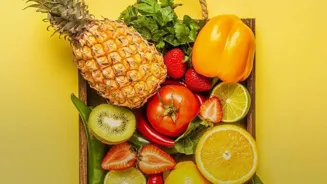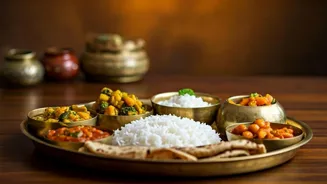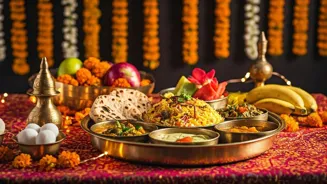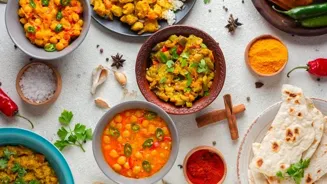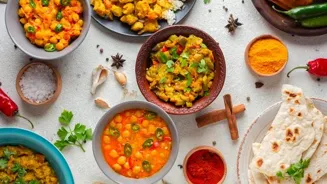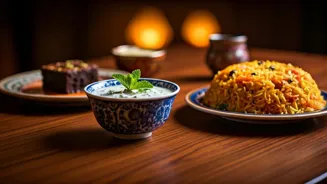Discover how to amp up your veggie intake in Indian cuisine! Learn sneaky tips for tastier, healthier meals
We Indians, we love our food! But sometimes, amidst all the yummy curries and delicious dals,
the poor vegetables get a bit sidelined, no? We know veggies are good for us, but fitting them into our everyday Indian cooking can feel like a challenge. Fear not, food lovers!
This article is packed with simple, practical tips to sneak (or not so sneakily!) more vegetables into your meals, making them both healthier and tastier. So, get ready to give your diet a colourful, veggie-filled boost!
Enhance breakfast with veggies for added nutrition and flavor
One of the easiest ways to incorporate more vegetables is during breakfast time. Instead of the usual plain poha, add some finely chopped carrots, peas, and bell peppers. This not only increases the nutritional value but also adds a lovely crunch and sweetness.
Similarly, upma can be enhanced with spinach, beans, or even shredded bottle gourd (lauki). When making parathas, experiment with stuffing like grated radish (mooli), cauliflower (gobi), or even leftover vegetable sabzis. These veggie-packed parathas are a healthy and filling way to start your day.
Dosa isn't left out either! Try making different types of Dosas like Ragi Dosa or Oats dosa, and add grated carrots, beetroot, or chopped coriander for extra nutrition.
Indian meals: incorporate more veggies in rotis, rice, and curries
Lunches and dinners are the main stage for many Indian meals, and there are tons of ways to include more vegetables here. One classic trick is to add grated vegetables like carrots, bottle gourd, or zucchini to your roti dough. This makes the rotis softer and gives them a subtle sweetness.
When making rice dishes like biryani or pulao, load them up with colorful vegetables like peas, carrots, beans, potatoes, and cauliflower. The more the merrier!
For curries, instead of just relying on the usual potato and cauliflower, try experimenting with lesser-known vegetables like drumsticks (moringa), yam (suran), or even green papaya.
Indian dal: add spinach or fenugreek for health, mix veggies for sambar, explore sabzi combos
Dal is a staple in most Indian homes. It's a brilliant source of protein. This could be made even healthier by throwing in some spinach (palak) or fenugreek leaves (methi).
To sneak in extra vegetables while making sambar, use a variety of vegetables like drumsticks, pumpkin, okra (bhindi), and brinjal (baingan). The combination of flavors will be both delicious and nutritious.
For dry vegetable dishes (sabzis), try new combinations like potato and fenugreek leaves, cauliflower and peas, or even cabbage and carrot. Don't be afraid to experiment with different spices and seasonings to find your favorite combination.
Snack healthier with veggie cutlets, sticks, and raita
Snacks are another good opportunity to add some vegetable power to your diet. Instead of deep-fried savories, try making baked or air-fried vegetable cutlets using a mix of potatoes, carrots, peas, and beetroot. These are healthier and just as tasty.
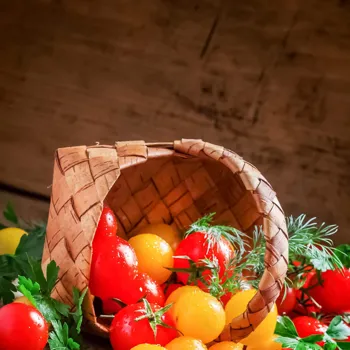
Vegetable sticks with hummus or a yogurt-based dip make a refreshing and nutritious snack. Another great option is vegetable raita. Add grated cucumber, carrots, or even beetroots to your raita for a cool and healthy snack.
Explore the world of chutneys and raitas for flavorful, nutrient-packed meals
Don't forget about chutneys and raitas! These are amazing accompaniments to any meal, and they are easy to customize with lots of vegetables. Coriander and mint chutney is a delicious and refreshing way to add flavor and nutrients to your meals.
Tomato chutney can be enhanced with roasted garlic and ginger for added health benefits. Raitas offer even more scope for adding vegetables. Cucumber, carrot, beetroot, and even spinach can be added to raita to make it more nutritious and flavorful.
The probiotics in yogurt combined with the vitamins and minerals in vegetables make raitas a superfood.
Experiment with new recipes and cooking methods to make eating vegetables enjoyable
Finally, remember that the key to eating more vegetables is to make it enjoyable. Experiment with new recipes, try new vegetables, and don't be afraid to be creative in the kitchen. Roasting vegetables brings out their natural sweetness and makes them incredibly delicious.
A simple drizzle of olive oil, salt, and pepper is all you need. Air frying is another great way to cook vegetables quickly and easily. Adding a squeeze of lemon juice or a sprinkle of chaat masala after cooking can add extra flavor.
Most importantly, make vegetables an integral part of your Indian cooking, not just an afterthought. With a little planning and creativity, you can easily increase your vegetable intake and enjoy all the health benefits they offer.
AI Generated Content. Glance/InMobi shall have no liability for the content

